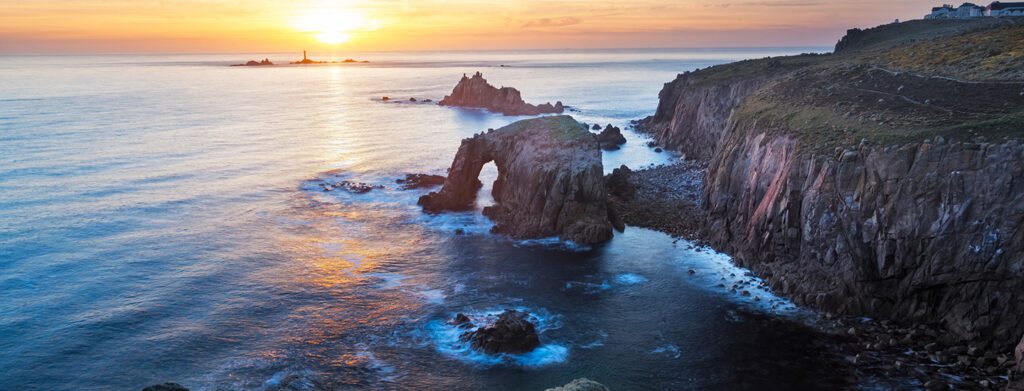This article, authored by barrister Nicola Canty and paralegal Abigail Tancock, from the Firm’s Marine Regulatory team, has been featured in the February edition of Marine and Maritime Gazette.
Since our earlier article on Marine Conservation Zones (MCZs) was featured in the September 2015 issue of the Marine & Maritime Gazette, the Department for Environment, Food and Rural Affairs (DEFRA), has now announced the designation of the second tranche of MCZs, taking the current total to 50 protected sites. This announcement has been heralded by the Government as furthering their objectives of achieving a so-called ‘Blue Belt’ of Marine Protected Areas.
The new sites are relevant not just to the Marine Management Organisation (MMO), but also to the many Local Planning Authorities with catchment areas extending to the shoreline and Inshore Fisheries and Conservation Authorities (IFCAs), all of whom have a duty to exercise their functions to further, or where if that is not possible, to least hinder, the conservation objectives of a particular MCZ.
New Sites
The list of new sites covers areas in the North Sea, the South East, the South West and the Irish Sea. It notably includes new MCZ’s for Lands’ End, Dover to Folkestone and The Needles. In addition, a new site has been designated 200 metres from Cromer, Norfolk which will protect Europe’s longest chalk reef providing homes to harbour porpoises, seals and the intermittent basking shark and sunfish. This second tranche of MCZs covers approximately 10,760km2 of seabed and increases the total coverage to over 20% of English waters.
The Government’s plan has always been to designate these sites in tranches to be able to introduce those sites that were supported most strongly by independent scientific advice without undue delay. Some critics consider that the initial two tranches have left a number of large gaps in the United Kingdom’s network of sites, particularly when only 50 sites have been designated to date, against the original 127 MCZ’s envisaged. This has raised concerns that the current numbers of sites do not afford sufficient protection, with the Joint Nature Conservation Committee (JNCC) also highlighting the need for appropriate management of MCZs to ensure their effectiveness.
The Third Tranche
The final ‘gap filling’ exercise is set to take place in 2017, for designation in 2018. These will be considered from the remaining 127 MCZs originally put forward, although there are a small number of additional sites to be added to this pool.
Whether or not a site is designated will depend on the strength of the evidence that relevant marine flora and fauna, geological features or geomorphology are present. In a region where the evidence does not support its presence, a designation will not be made and importantly, this will not be considered a gap in the network.
Where evidence is weak, stakeholders may wish to offer up new evidence as to the benefits and impacts of the designation of a particular site, although this must be in accordance with Defra’s Evidence Investment Strategy. Thus, at this stage, it would seem that if there are concerns as to the evidence supporting the designation of a site, it may be possible to submit further evidence in the required format.
Enforcement and monitoring
Once an MCZ has been designated, responsibility for its management falls upon the MMO and, at a local level between 0-6 nautical miles, Inshore Fisheries and Conservation Agencies (IFCAs). The MMO will work together with the local IFCA and agree how to manage the sites located in an IFCA area and those that overlap the 6 nautical miles boundary.
Management options available range from voluntary measures where appropriate, to the granting of byelaws to protect MCZs from activities that may harm them or where a non-compliance issue has been identified. Such byelaws are based on evidence and must help to further the conservation objectives of the site and may even be used to restrict activities on the seashore.
The procedure requires full consultation and it can take as long as 12 months to make a permanent byelaw. However, where an activity which harms the MCZ is identified and where necessary, the IFCA or the MMO may introduce an emergency byelaw where it is urgent and could not have been reasonably foreseen. Similarly, an interim byelaw may be introduced in relation to MCZs which have not yet been designated.
